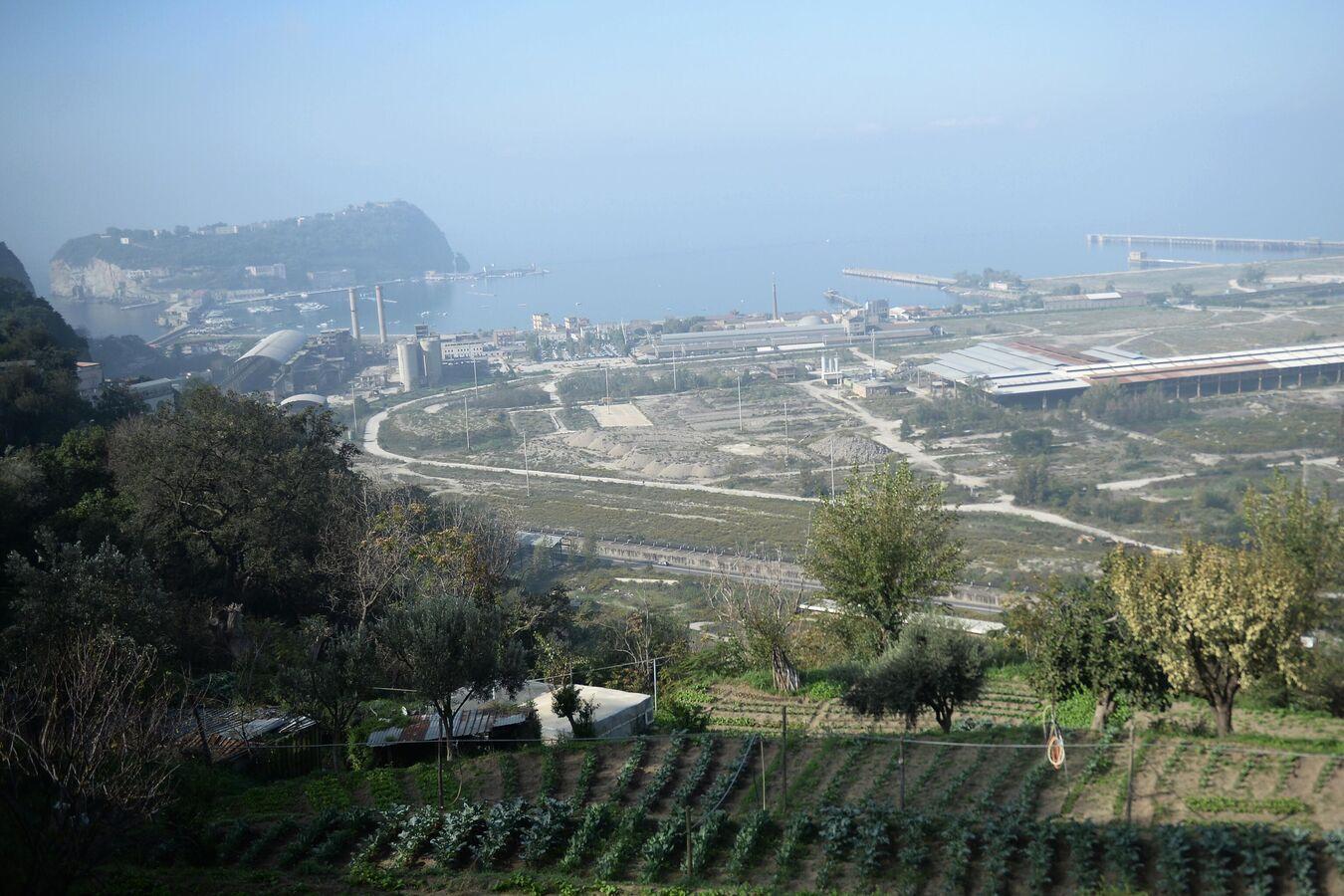Africa-Press – Rwanda. To access burial sites hidden beneath great depths of rock sediments for millennia, researchers wouldn’t need to dig with shovels, thanks to revolutionary scientific equipment.
Archaeologists can easily see through hundreds of feet of rock layers using household microwave-sized subatomic particle detectors.
While exploring burial chambers dating back 2,300 years in Naples, Italy, where Ancient Greeks once settled, archaeologist Raffaella Bosso, stumbled upon a stone-relief tombstone first unearthed in 1981. It featured the legs and feet of a man and a woman within a single tomb.
However, experts suspect there were additional crypts behind the damp wall adorned with vibrant floral frescoes. But catching a glimpse would require tearing the walls apart.
By utilizing innovative particle detector technology, they can see through the wall without breaking through it.
To understand how the particle detector works, particle physicist Valeri Tioukov at the University of Naples told CBS News that the technology is “very similar to radiography.” In his laboratory, they examine the images from the equipment, searching for remnants of cosmic rays (muon) originating from the universe’s evolution.
The detector pinpoints and counts cosmic radiation passing through the structure, measuring the structure’s internal space density based on the recorded number of muons that have traversed it.
The scientific tool recorded 10 million muons at the burial site in 28 days. “There’s a muon,” Tioukov said while pointing to a wavy pattern observed under a microscope. After months of thorough analysis, he and his team constructed a three-dimensional representation of the long-concealed burial chamber, which had remained inaccessible to human observation for centuries.
Professor Giovanni De, an experimental physicist at the University of Naples Lellis, highlights the diverse applications of advanced imaging technology, which extends beyond archaeological exploration to include peering inside Egyptian pyramids, exploring chambers beneath volcanoes, and even aiding in cancer treatment. The technology’s precision in assessing deep-seated cancers and minimizing harm to surrounding tissue heralds a new era of breakthroughs sweeping across disciplines.
For More News And Analysis About Rwanda Follow Africa-Press






